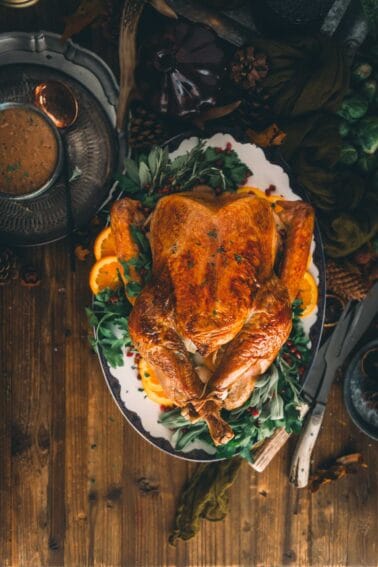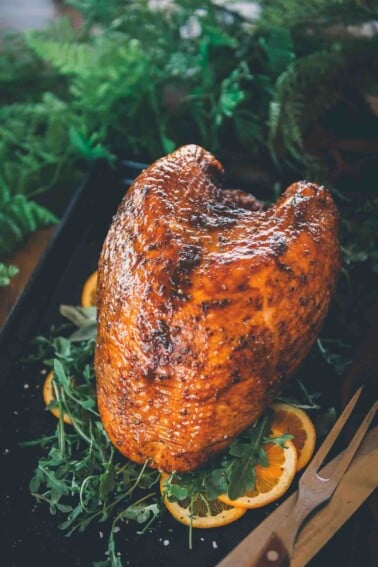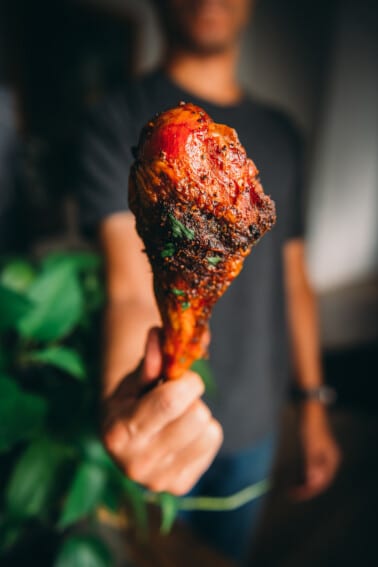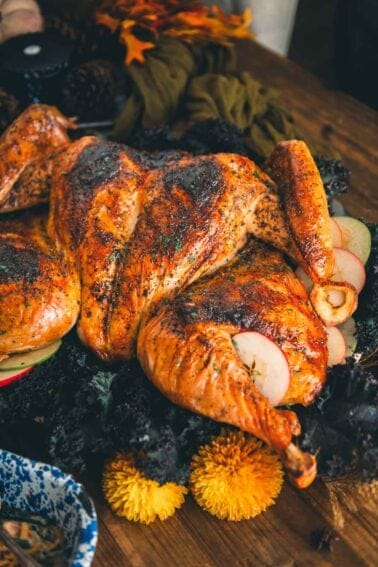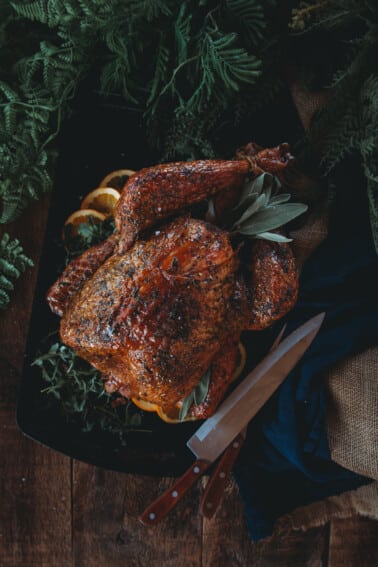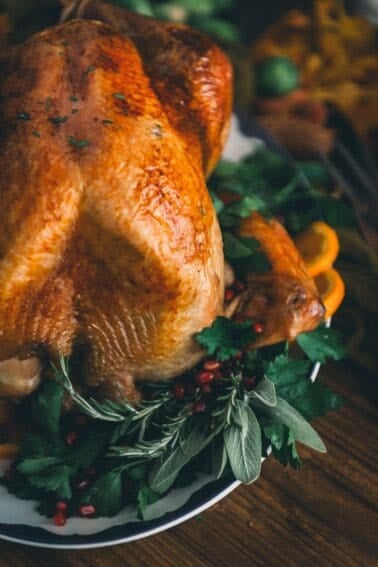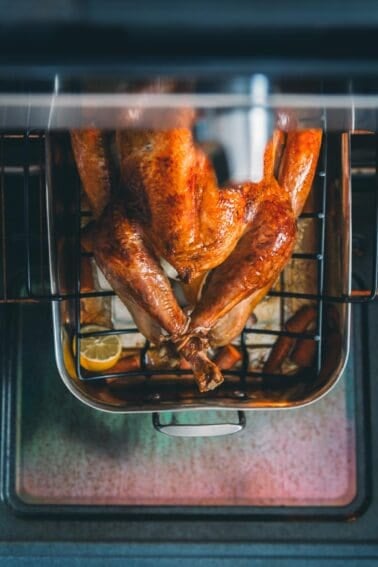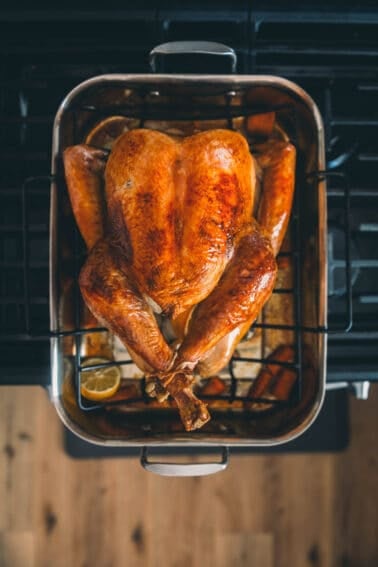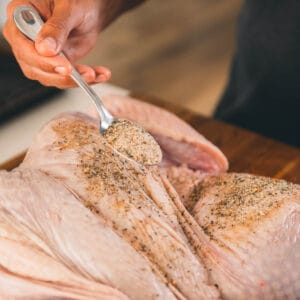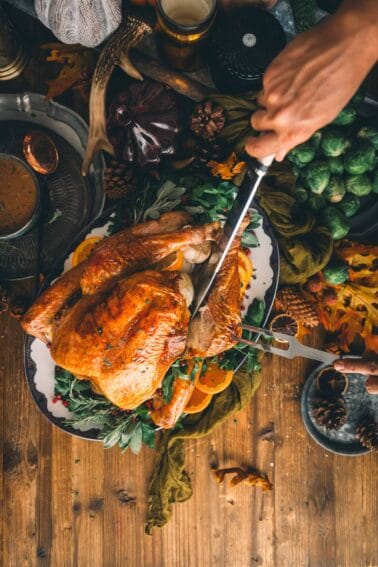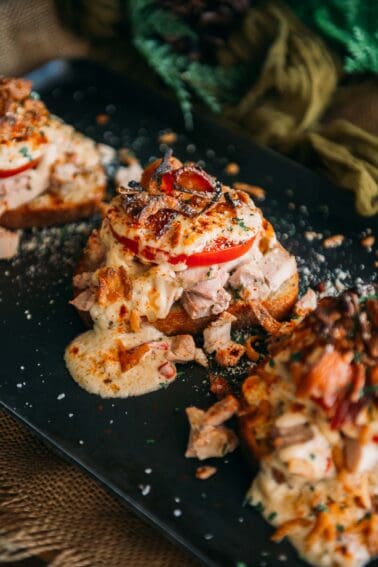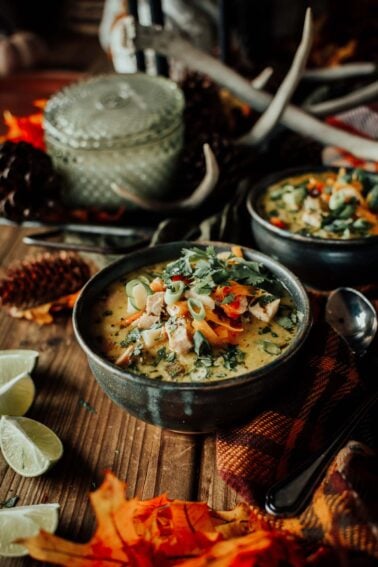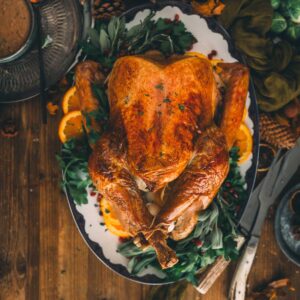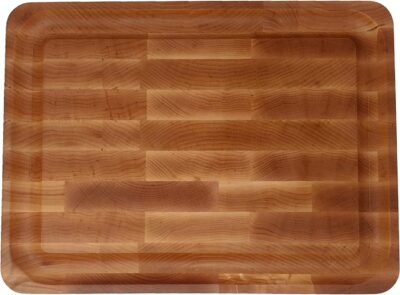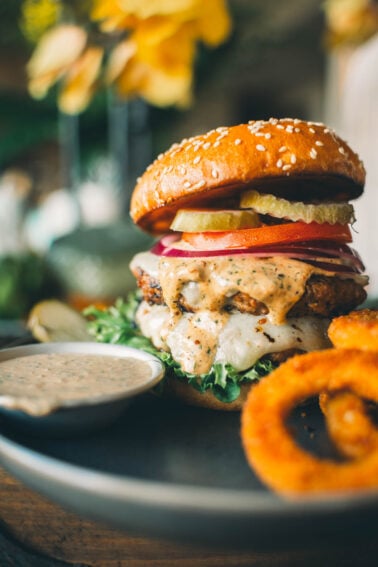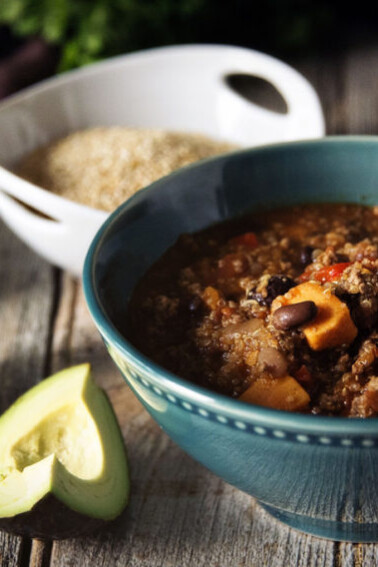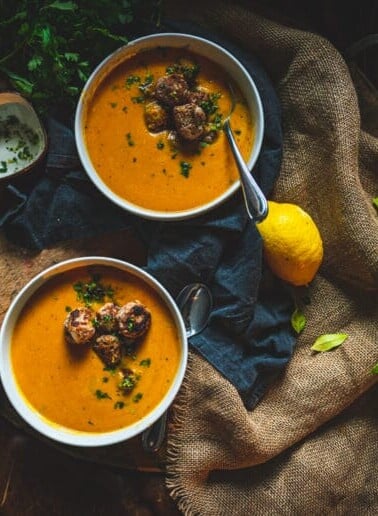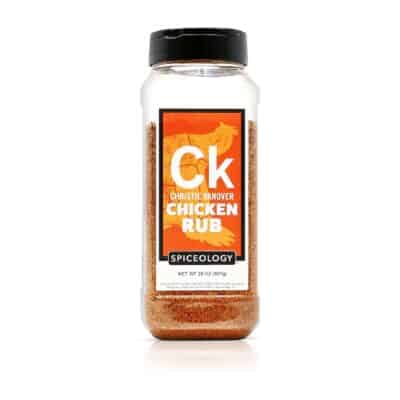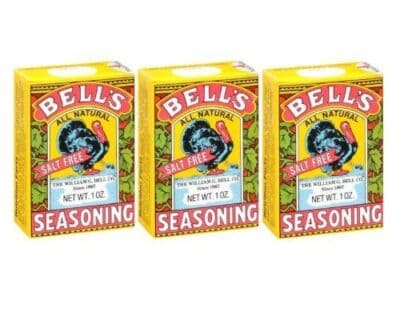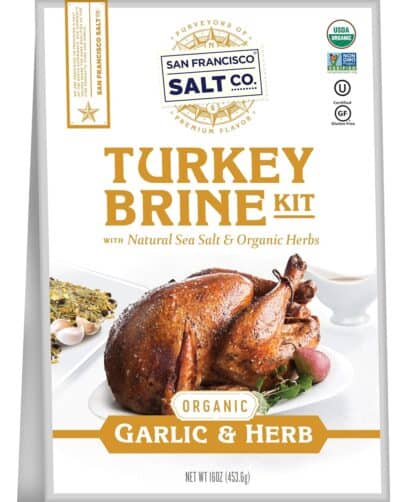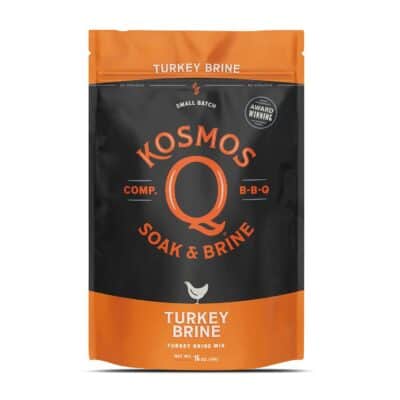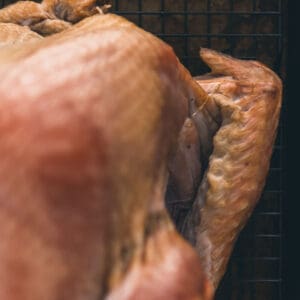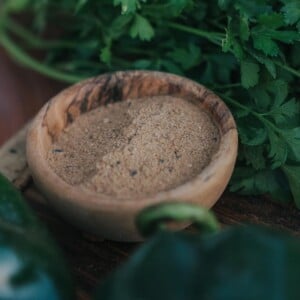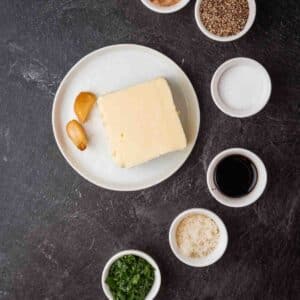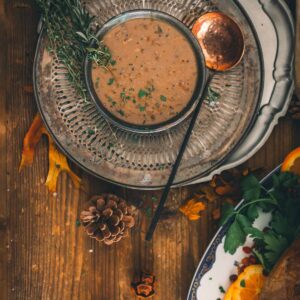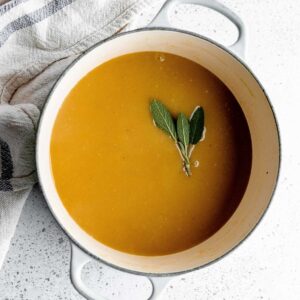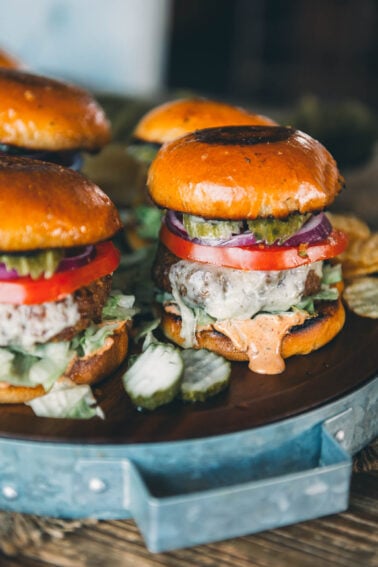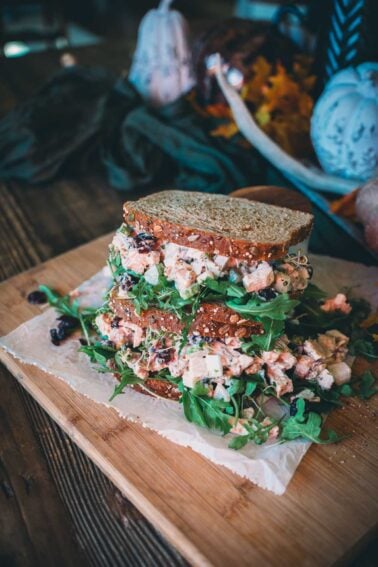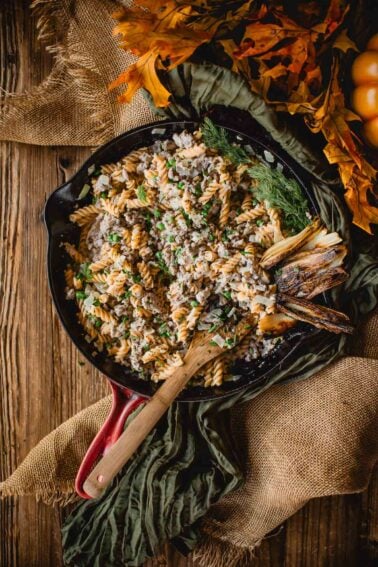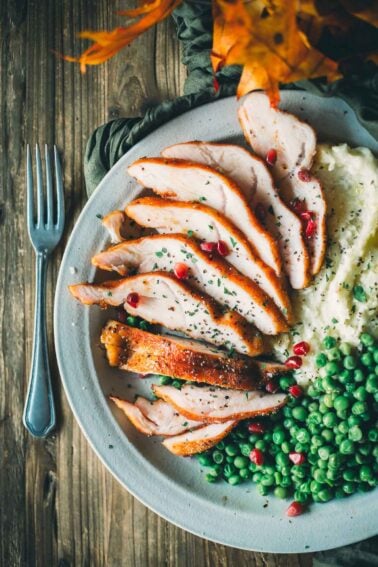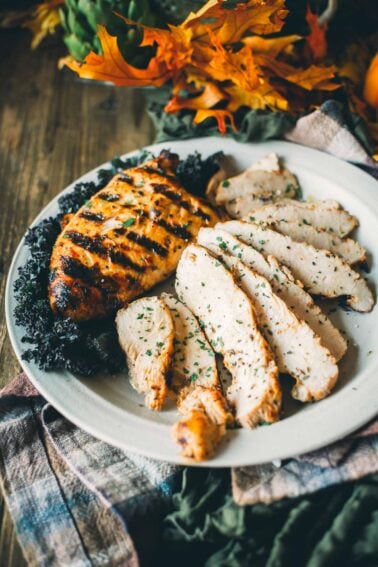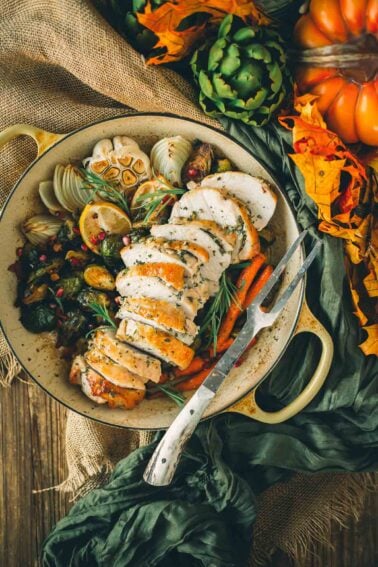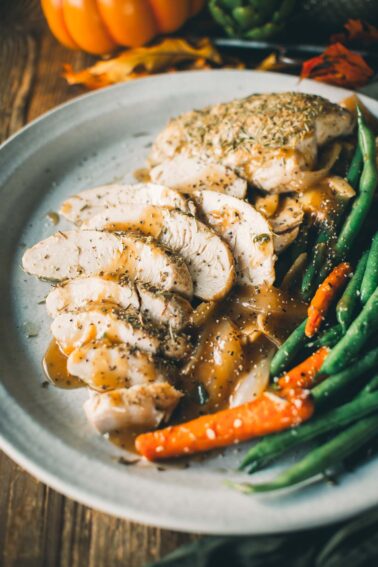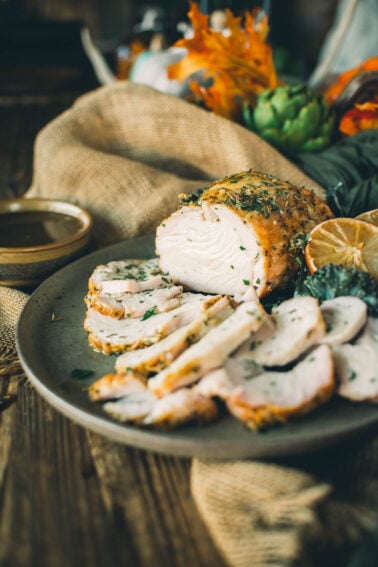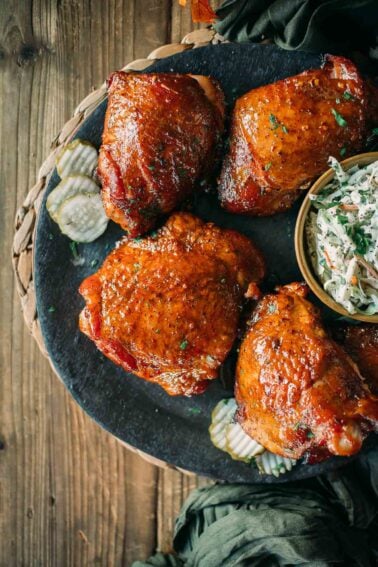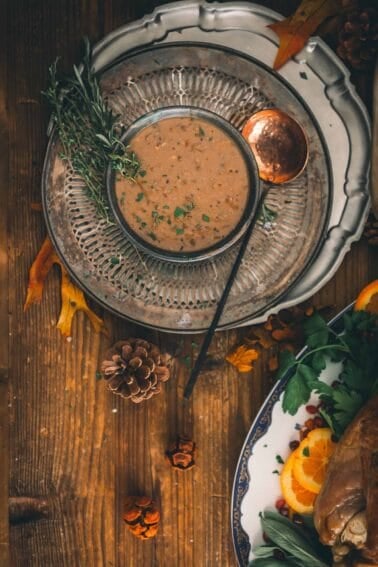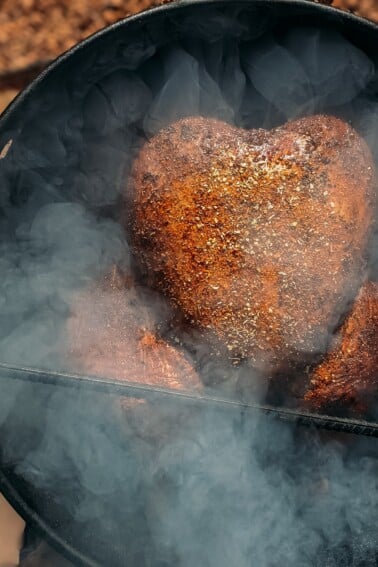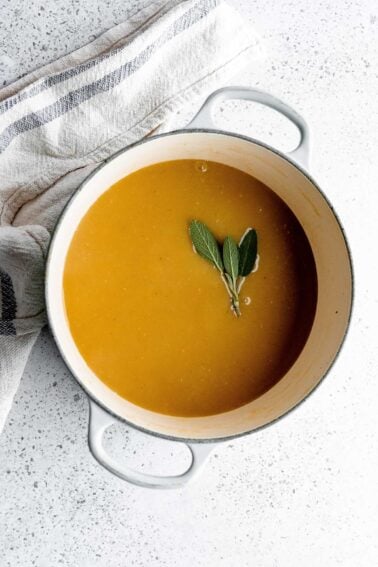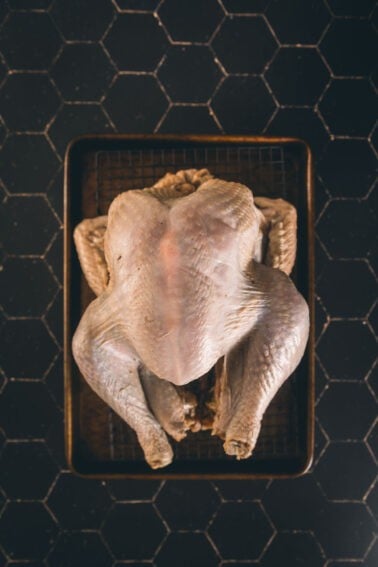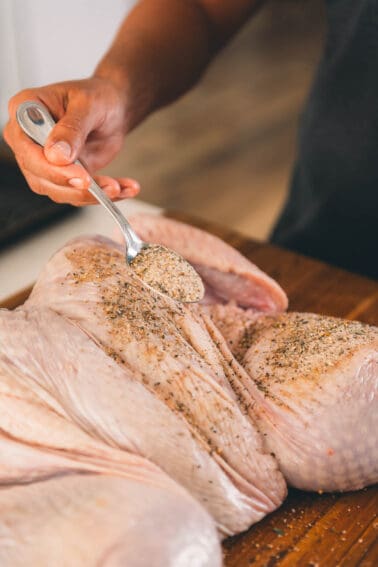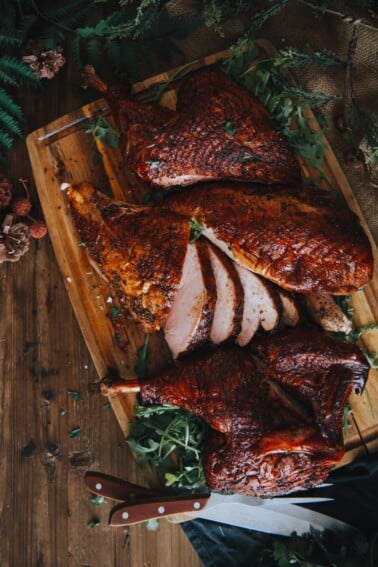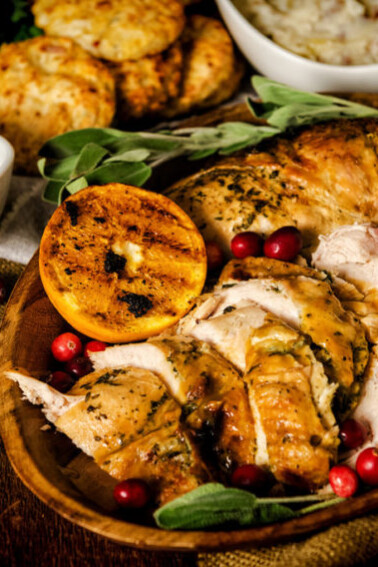Poultry Recipes
Best Turkey Recipes
Poultry Recipes
Smoked Turkey on Traeger with Stuffing
Poultry Recipes
Smoking A Turkey Breast
Poultry Recipes
Smoking Turkey Legs
Poultry Recipes
Spatchcock Turkey
Poultry Recipes
Smoked Turkey
About Turkey
Turkey is a versatile and flavorful bird, popular for its rich taste, cheap cost, and ability to adapt to various cooking methods. You can roast, grill, smoke, or use it in a variety of dishes. Turkey provides a lean yet juicy option for meals.
Its large size makes it ideal for feeding groups, especially during holiday gatherings. Additionally, turkey is known for its nutritional benefits, offering high protein content with relatively low fat.
Buying Turkey
- Choose the Right Size: Plan for about 1 to 1.5 pounds per person to ensure ample servings and leftovers.
- Fresh vs. Frozen: Fresh turkeys offer convenience, while frozen turkeys are often more affordable and can be purchased ahead of time.
- Check Labels: Look for terms like “natural,” “organic,” or “free-range” based on your preference for quality and ethical standards.
- Inspect Packaging: Ensure the packaging is intact with no leaks or damage to maintain freshness.
- Buy Early: Purchase your turkey in advance, especially during holidays, to avoid last-minute shortages. (oh no, not another turkey shortage….)
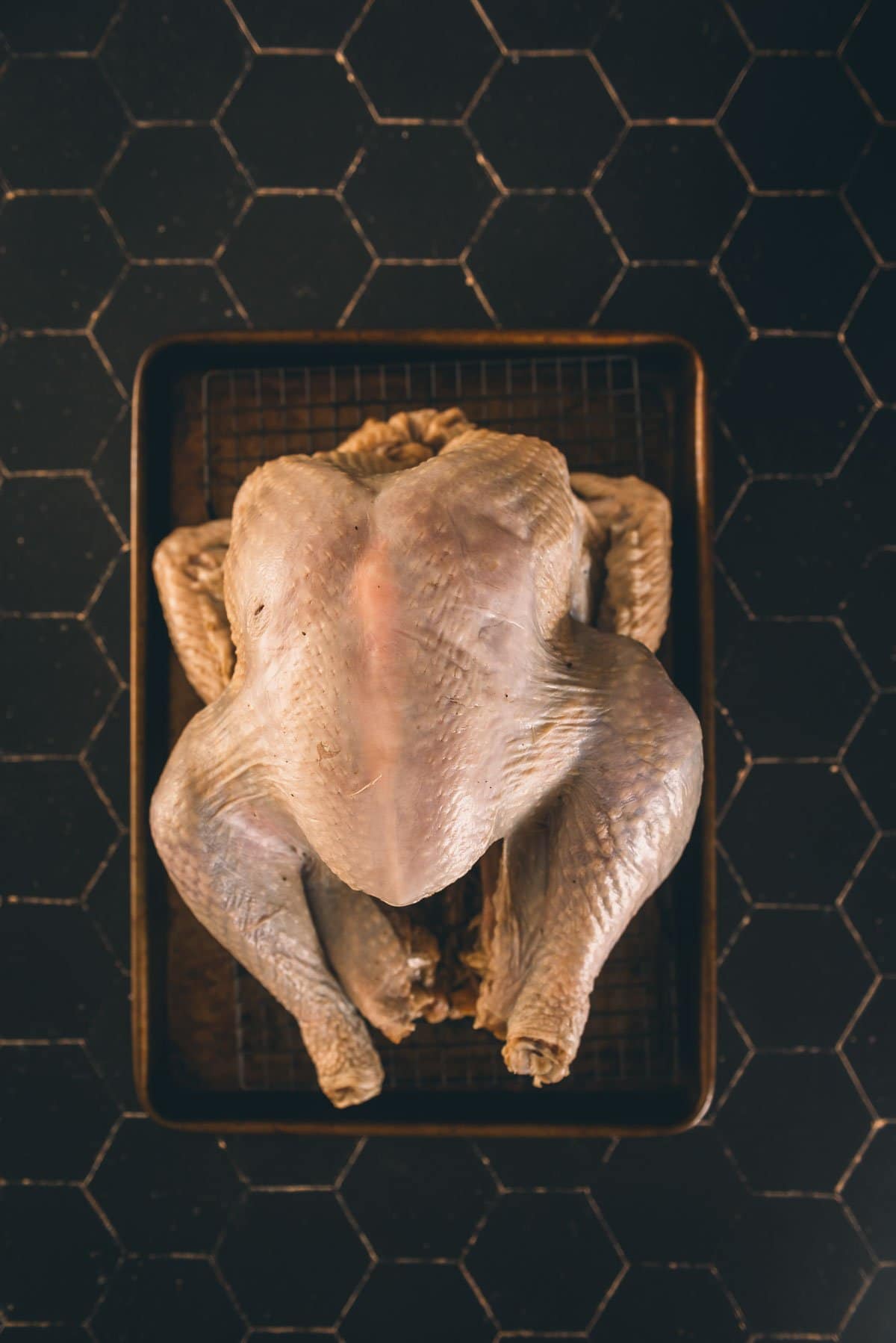
Helpful Turkey Tips and Guides
Poultry Recipes
How To Thaw A Turkey
How To
Truss a Turkey
Poultry Recipes
Ultimate Spatchcocking Turkey Guide
Poultry Recipes
How to Carve Turkey: Expert Guide with Video
How to Cook Turkey Videos
What temp is Turkey is done?
When it comes to turkey, it’s crucial to adhere to USDA guidelines for safe cooking temperatures. Turkey should be cooked to a minimum internal temperature of 165°F (74°C) to ensure safety. Whether you’re preparing thighs, wings, breast meat, or drumsticks, cooking to this temperature will keep the meat juicy and tender. For even more flavor and tenderness, turkey thighs can be cooked to around 180°F (82°C). By following these guidelines, you can enjoy a delicious and safe meal every time.
| Breast 165 °F | Thighs and Legs 175 °F | GROUND 165 °F |
When cooking turkey, remember that the temperature will continue to rise by 5°F to 10°F while resting. Hitting the correct temperature is crucial to avoid overcooking or undercooking, and the best way to do this is to always use a quality instant-read digital thermometer.
Insert it into the thickest part of the meat, away from the bone, to get an accurate reading. This ensures your turkey is both safe and perfectly cooked. If one part of the turkey is cooking faster than the other, cover that area with foil to help prevent over browning.
How to Rest Turkey
- Tent with Foil: Loosely cover the turkey with aluminum foil to retain heat while preventing the skin from becoming soggy.
- Resting Time: Allow the turkey to rest for 20-30 minutes. This helps redistribute the juices, making the meat more tender and moist.
- Monitor Temperature: Use an instant-read thermometer to ensure the internal temperature remains safe during the resting period.
- Avoid Carving Immediately: Give the turkey time to settle so the juices don’t run out when carving.
- Use a Cutting Board with a Juice Groove: This prevents juices from spilling over when you eventually carve.
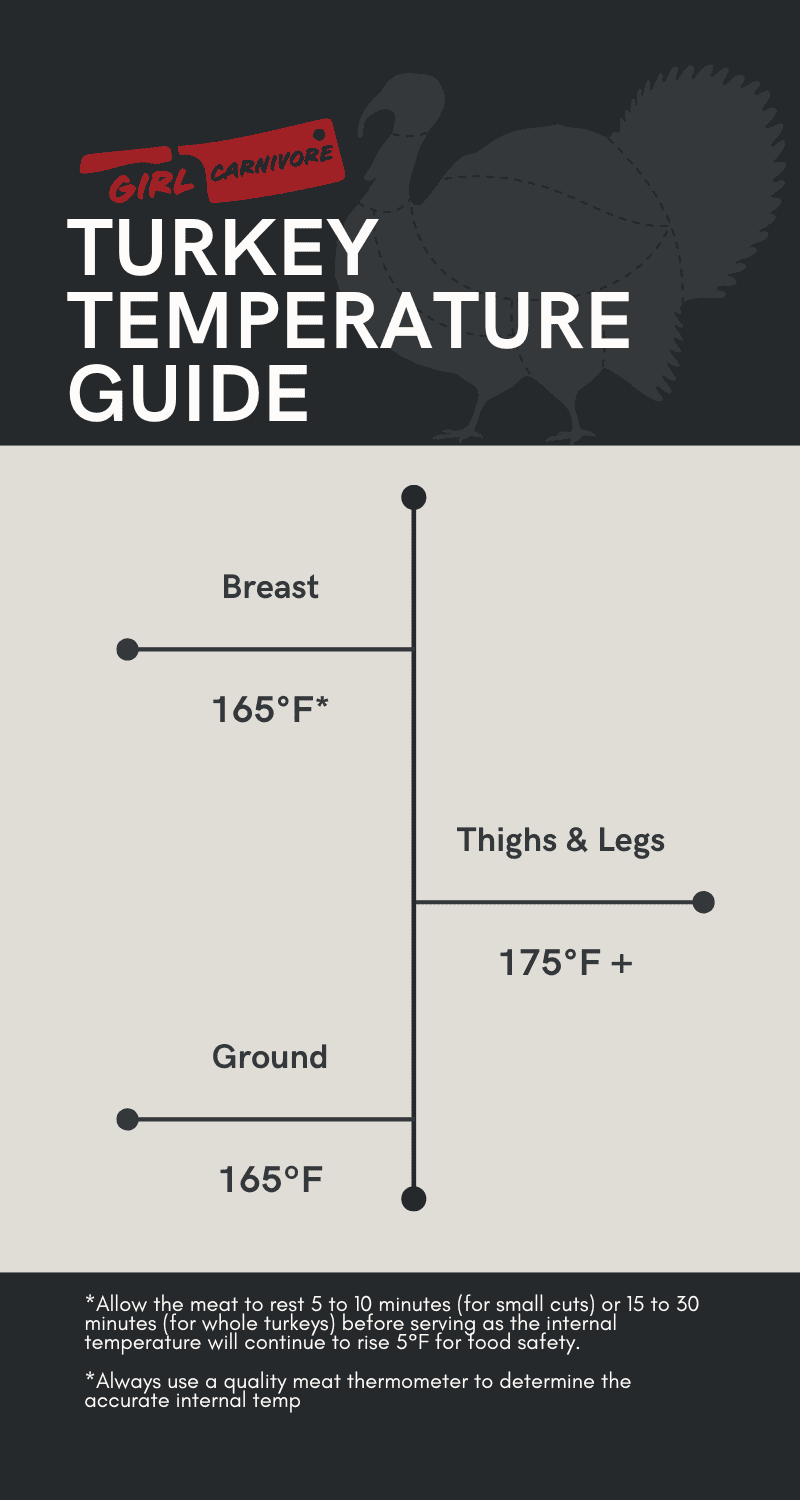
Brining Turkey
The benefits of Brining are huge. It enhances the moisture, improves the flavor, helps even cooking, adds tenderness and can even help crisp up the turkey skin. Read our guides to learn how to brine a turkey (with handy timelines so you still have everything on the table in time).
Wet Brine
- Adds significant moisture to the meat
- Infuses meat with flavors from the brine solution
- Requires a large container and enough space in the refrigerator
- Typically takes 8-24 hours
- Can result in softer skin due to extra moisture (see our tips for that)
Dry Brine
- Draws natural juices out, then reabsorbs for moistness
- Enhances natural turkey flavor with concentrated seasoning
- Easier to apply, requires less space and equipment
- Can take 12-48 hours, but no need for extra water
- Gives you the best crispy skin
Leftover Turkey Recipes
The best part about roasting a whole turkey? 10 out of 10 foodies agree: The leftovers!
Poultry Recipes
What to Make: Leftover Turkey Recipes
GC Original
The Ultimate Grilled Turkey Sandwich
Poultry Recipes
Instant Pot Turkey Stock
Turkey Soup Recipes
When it comes to comfort food, does it get any better than classic turkey soup?
Equipment for Cooking Turkey Meals
Set yourself up for success before you even start to thaw the turkey with these essential tools
Ground Turkey Recipes
Dinner Recipes
Turkey Chili with Quinoa
Poultry Recipes
Ground Turkey Meatballs
Dinner Recipes
Ground Turkey Chili with Butternut Squash
GC Original
Turkey Meatball Hoagies
Dinner Recipes
Slow Cooker Turkey Chili
Turkey Seasonings and Marinades
These are our favorite turkey seasonings and marinades when we don’t want to make our own spice blends.
Newest Turkey
Poultry Recipes
Air Fryer Turkey Burgers
Turkey
Turkey Salad Recipe
Poultry Recipes
How to Carve Turkey: Expert Guide with Video
Poultry Recipes
How To Thaw A Turkey
Poultry Recipes
What to Make: Leftover Turkey Recipes
How To
Truss a Turkey
Poultry Recipes
How To Make Giblet Gravy
Poultry Recipes
Easy Turkey Gravy without Drippings
Poultry Recipes
Oven Roasted Turkey
Poultry Recipes
Ultimate Spatchcocking Turkey Guide
Poultry Recipes
Easy Way to Brine a Turkey + Best Turkey Brine!
Poultry Recipes
Spatchcock Turkey
Poultry Recipes
Smoking A Turkey Breast
Poultry Recipes
Smoked Turkey on Traeger with Stuffing
Poultry Recipes
Smoked Turkey
Poultry Recipes
Smoking Turkey Legs
Poultry Recipes
Instant Pot Turkey Stock
Poultry Recipes
Quick Pressure Cooker Turkey Breast
Poultry Recipes
Ground Turkey Meatballs
Dinner Recipes
Ground Turkey Chili with Butternut Squash
Holiday Recipes
Black Friday Turkey Burger Recipe
Dinner Recipes
Slow Cooker Turkey Chili
GC Original
The Ultimate Grilled Turkey Sandwich
Dinner Recipes
